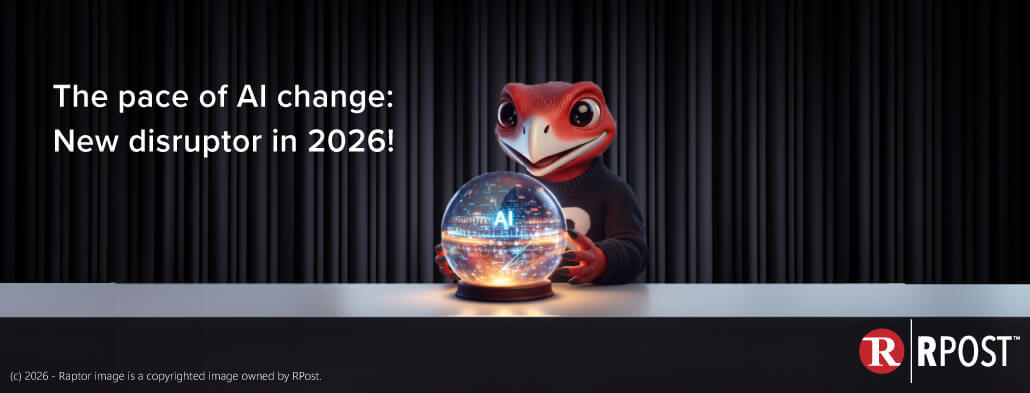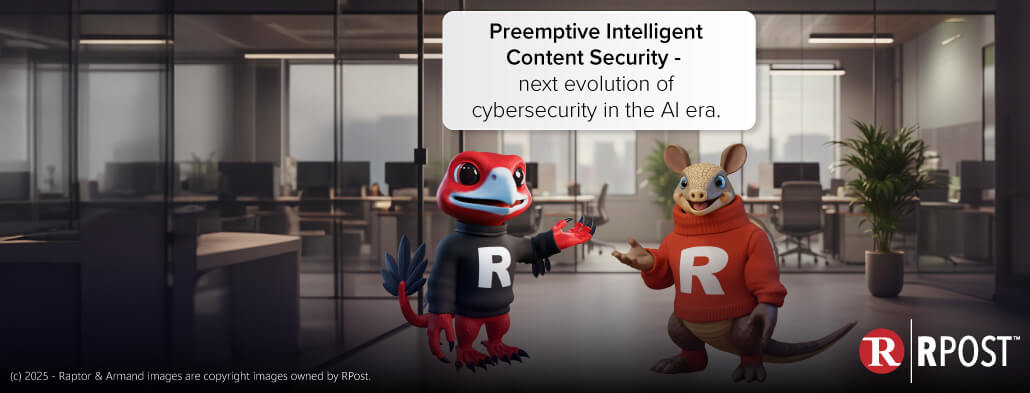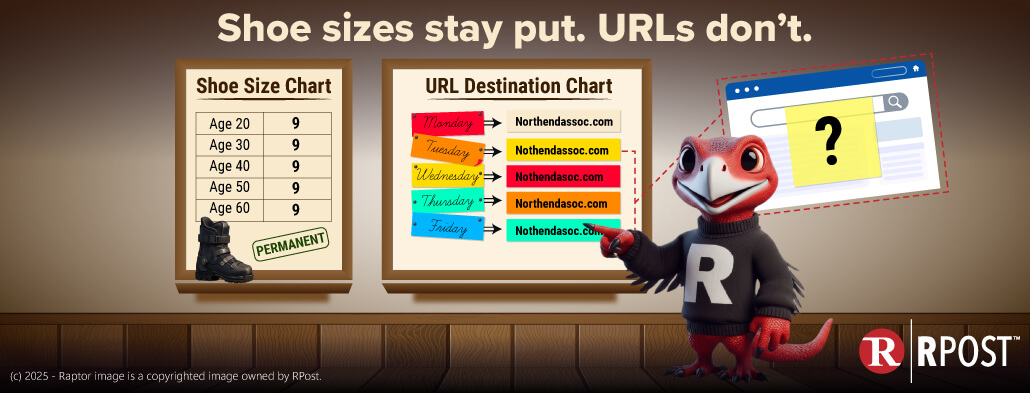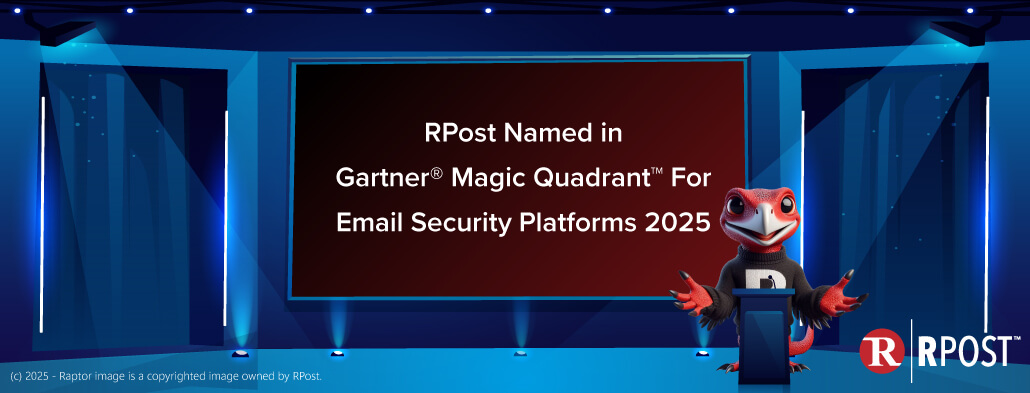
Today’s NFL coaches are concerned that the new players being drafted are millennials and they will need to be treated differently – they report that football playmaking classroom training sessions need to be limited to 30 minutes, with breaks for the athletes to check their phones, text messages, and social media feeds.
In the elevator, at lunch, or even crossing busy streets, people today scroll the headlines on their phone news feeds (whether it is Apple News, their Twitter, Facebook, Instagram, text messages, email headlines, or other messaging feeds).
“There is so much short content, constantly changing throughout the day, people either don’t have the time to get into the details, the substance, or don’t have the interest in knowing the details,” adds Jake Finnell, vice president at RPost.
Fake News is an offshoot of “soundbite” analysis. “Soundbite” analysis is one’s read of the headlines and at best, first couple sentences, considering themselves an expert on the topic, and re-posting in some manner with their short commentary or passionate remarks of like or dislike. Today, thoughtful “news” articles are often politicized or opinionated essays put forth with a “newsy” look aimed to get more clicks/reads (to increase advertising revenue potential).
PR has evolved. In the past, one would nurture relationships with reporters at large publications in an attempt to get coverage of a story. It could take a month to formulate the positioning, outreach, telephone pitches; that at best might result in coverage in one publication. Great, if this is the Wall Street Journal perhaps, but a lot of work for a short article lifespan if it is one online blog headline that will be forever forgotten in the mass of online messaging and news flashes, within hours. How does one get their message to stand out? Today, it is soundbites among a nurtured micro-network of parties via social media posts, and perhaps email news feeds.
Email has evolved. What happened to the emailed newsletter? They are still being sent… but you are not reading them.
Emailed newsletters just don’t get read. First, when people peruse their email on their mobile device, often the first lines they see if the newsletters are not well constructed are indications that the message is a marketing email template. Second, people need to be hooked with interesting content to want to read further. They are looking for the “sound bite”. And if not opened right away; if saved to read later, the sheer volume of daily inbound email will bury the newsletter into a morass of other messages.
Smart companies have adapted. No longer are they sending out offers in fancy HTML graphically enhanced templates (well, some do but you probably don’t notice as you skip these after seeing indicators that they are marketing messages in your preview pane or they may get put right into separate marketing folders), they send out what look like personalized email from what look like real people, with short lures to get you to read and engage.
You most likely have been flooded with these. They are arguably not “spam” as they are positioned as one-to-one emails… but they really are spam (disguised). Email marketing automation systems (when used to the fullest) send email from the same sender name, with subject and email body content that appear to be personalized messages. These are sent in sequence over time so the recipient starts to recognize the sender name and believe they know the person and should open the message. The content seems to be personal with different short pleading messages asking you for the courtesy of your feedback. But don’t feel bad not responding. These are not painstakingly written by the sender with you specifically in mind… these are written by professionals in a series all at once and loaded into a system to drip out to you (and thousands of others that have a similar professional profile) over time, automatically. How did they find you? They purchase huge lists of contacts to “personally” reach out to you “unsolicited”. This is today’s version of spam.
It works. Email with soundbites; from recognizable senders. Emails sent in a series, written to engage.
When you are considering promotion of your company or products, consider evolving from traditional PR newswires and template email newsletters. Consider how your audience will see your material, where they will read it and when, and how short it will remain in their view.
We have written “Tech Essentials” as an email in plain text, big font, without any fancy graphical banners. We trust you find this a more useful way to read insightful information on tech trends and tips.
RPost, a leading cybersecurity company, has opted to evolve its traditional periodic newsletter into a one-topic news feed sent by email to its followers; sort of like a “tweet” but sent by email; targeting all of those pre-millennials that don’t use Twitter. (Of course, for the millennials and newly drafted NFL players, they replicate and send additionally by Twitter, Facebook and LinkedIn).
If you would like to follow RPost news feeds, (or if you are a millennial and want to follow us on social media), click here to follow and opt-in.

January 05, 2026

December 26, 2025

December 19, 2025

December 12, 2025

December 05, 2025